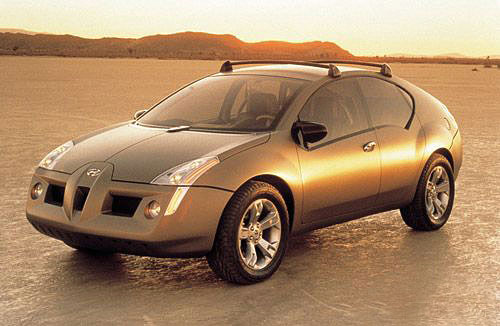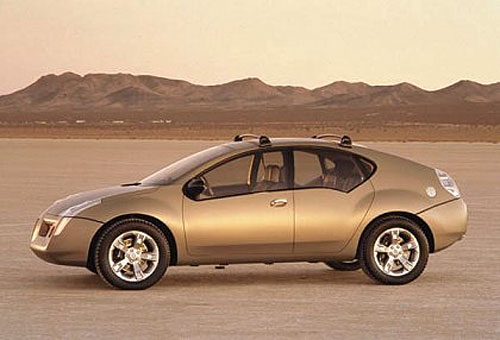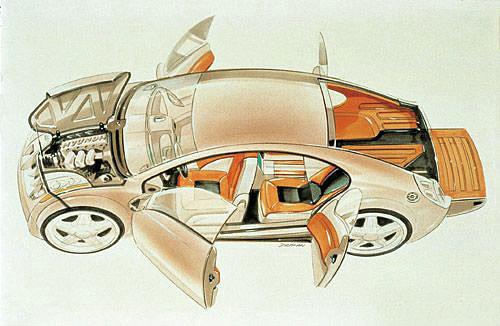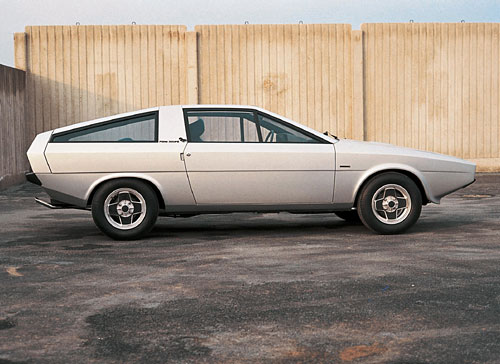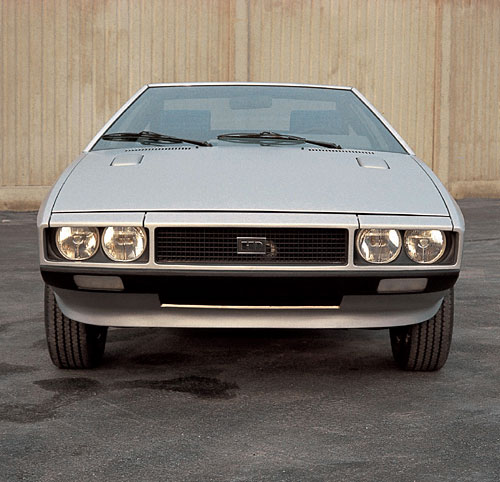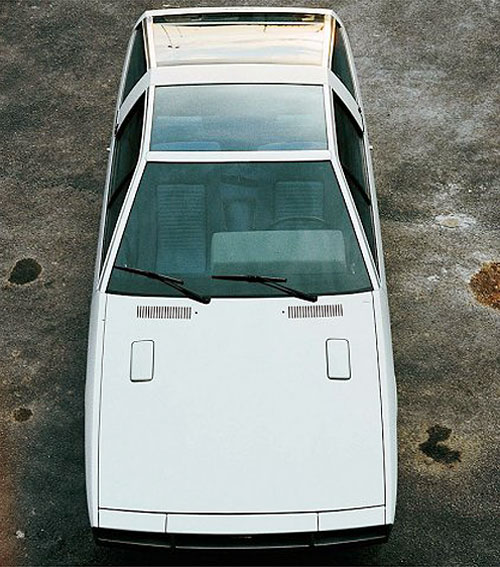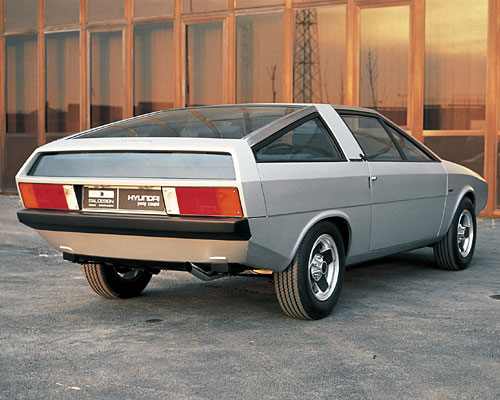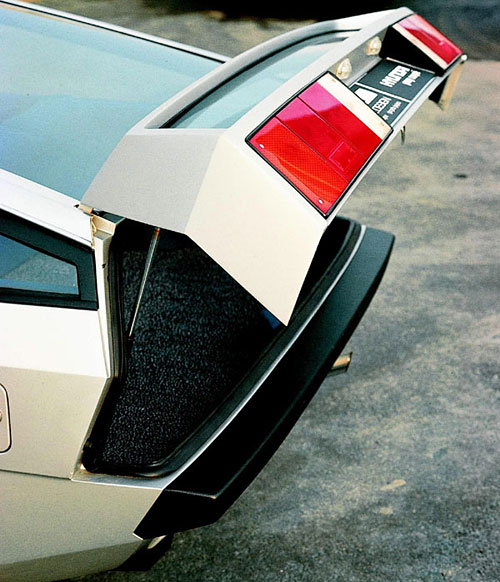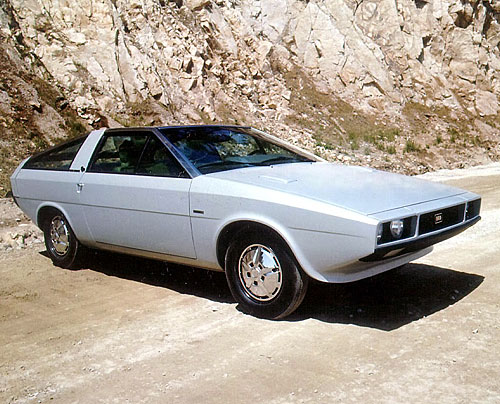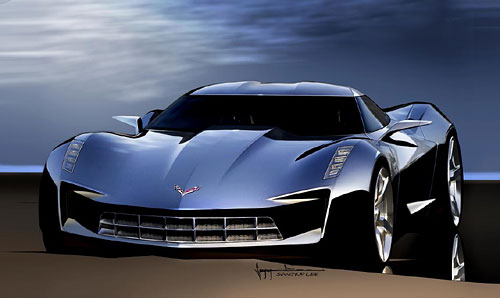
Corvette Stingray Concept Sketch
The Stingray Concept was first unveiled in the 2009 Detroit Motor Show as the 50th Anniversary Corvette Stingray Concept, a homage to the original 1959 Sting Ray Racer Concept which would eventually inspire the second generation C2 Corvette, also known as the Corvette Sting Ray.
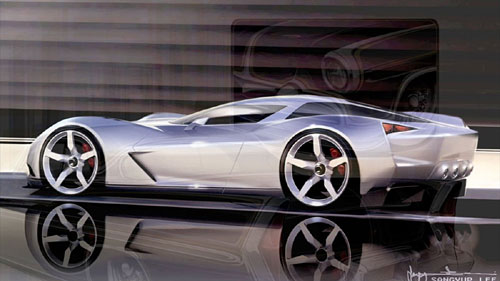
Note that many people confuse the name Stingray and Sting Ray. The single word nomenclature actually refers to the third generation C3 Corvette, also known as the Mako Shark, as the design of the C3 Corvette was first previewed in the Mako Shark II concept car. The Stingray name however was dropped by the next model change. Under GM's product placement deal with Michael Bay, the Corvette Stingray Concept earned a starring role for Transformers 2, although screen time was very limited for this character.

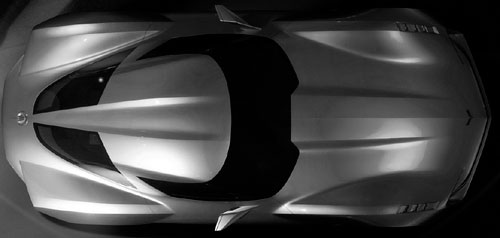
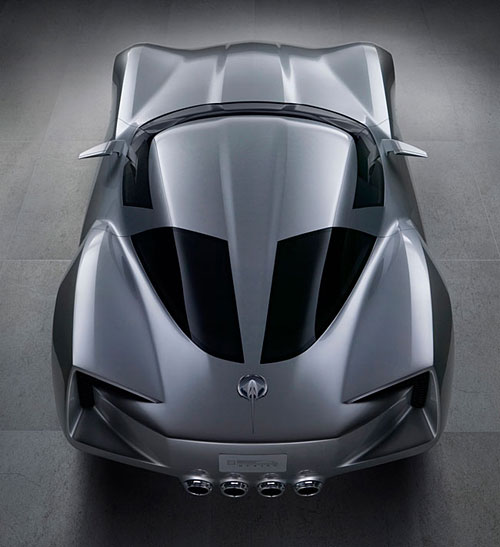
Corvette Stingray Concept Sketch
While the coupe Stingray Concept is no stranger to the automotive press and the public, the speedster body type version of the Corvette Stingray Concept however, has never been acknowledged by GM. But pictures taken from film shooting sites of the Transformer 3 confirmed rumours of the existence of a convertible Corvette Stingray Concept. A convertible Corvette is one of the most iconic sports cars in American motoring history, so it won't be surprising to see that a convertible version of the Stingray Concept to appear next. Officially however, GM is mum about plans for a new Corvette or its design direction.
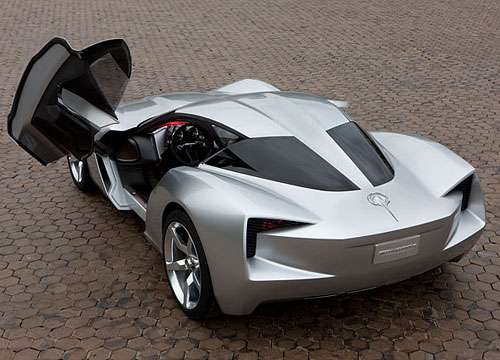
A speedster body is slightly different from a regular convertible - at most, a speedster only has a very rudimentary soft top that needs to be manually installed and can only be driven at low speeds. That is, assuming that the car even has any top at all. While convertibles, even at its most basic (or high performance lightweight package) form will have a foldable fabric top that can be easily pulled up, either manually or electrically and still be able to drive a reasonably fast speed.
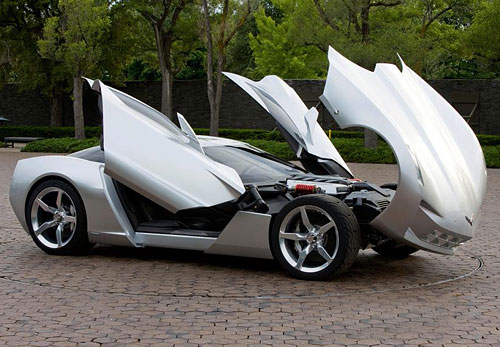
A little unknown fact to most petrolheads however, is that the Corvette Stingray Concept, stunning as it seems, was not designed by an American, but a Korean. Sangyup Lee was born and raised in Korea but received his post-grad education in transportation design in Pasadena, California. Thereafter, he have had stints with Porsche AG and Pininfarina and is currently employed by the VW Group as of the Chief Designer of Exterior at the Volkswagen/Audi Advanced studio in California. The current C6 Corvette is also penned by Sangyup Lee.
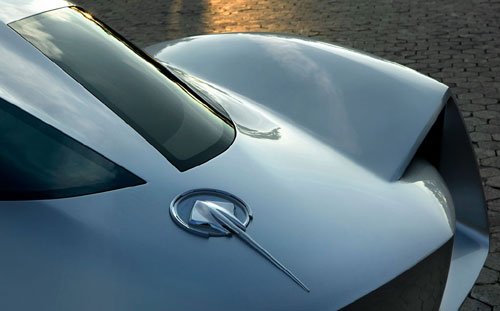
Sangyup Lee, the General Motors designer credited with the exterior design of the new Chevrolet Camaro, has left the company to join Volkswagen’s Southern California studio.
The joint Audi-VW advanced studio, now in Santa Monica, is famed as the birthplace of the Volkswagen New Beetle and Audi TT concepts. Its longtime head, Derek Jenkins, left to join Mazda earlier this year. Now his successor, the studio’s executive design director Jens Manske, has hired Mr. Lee as chief exterior designer.

